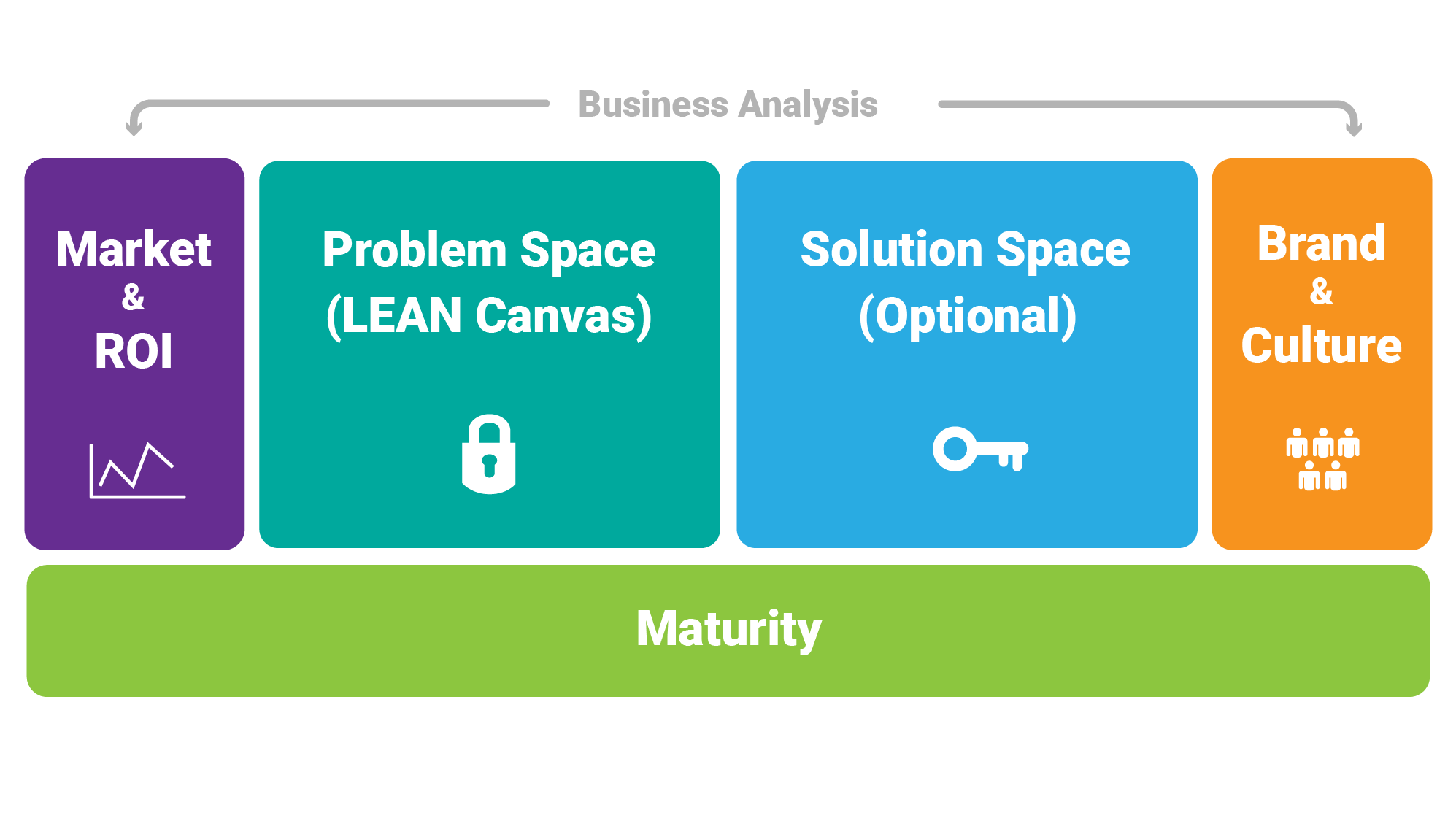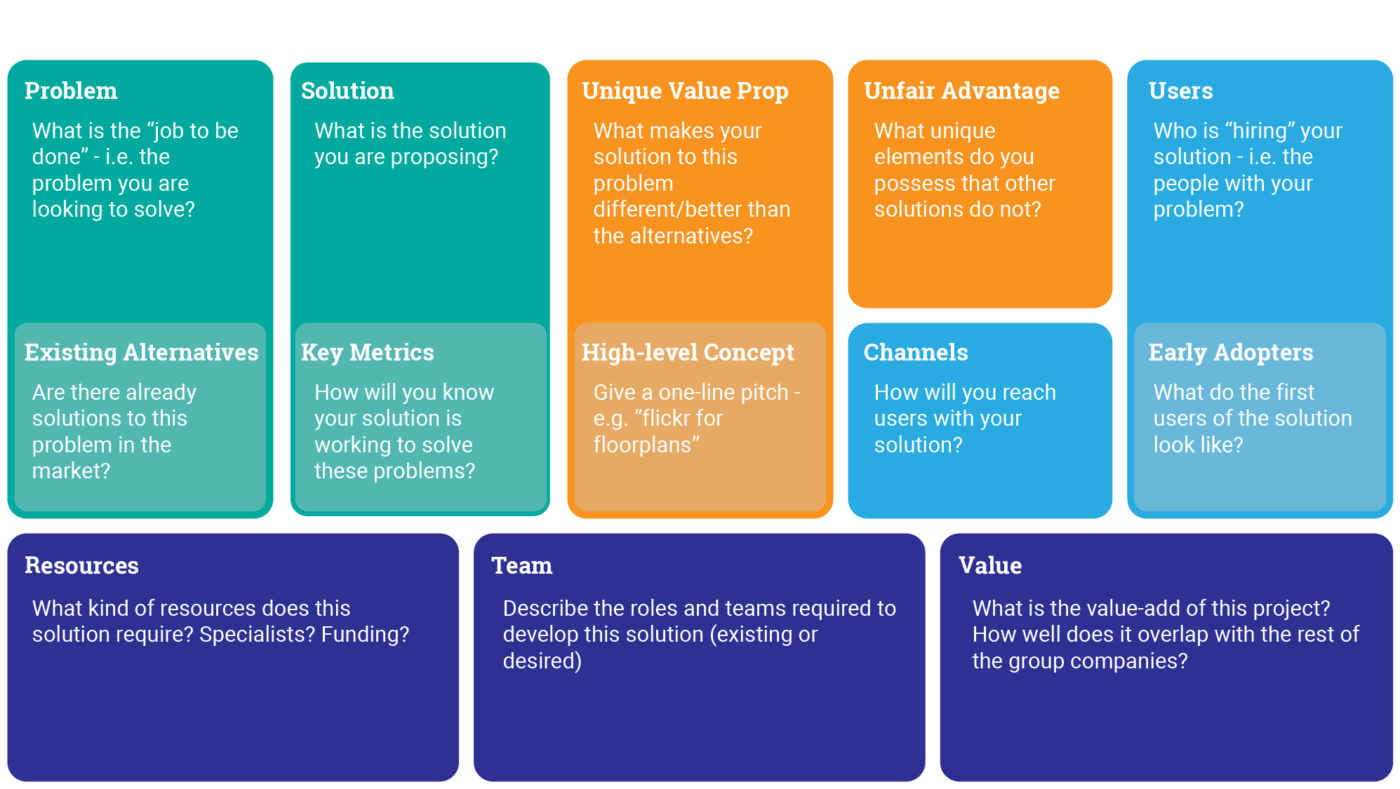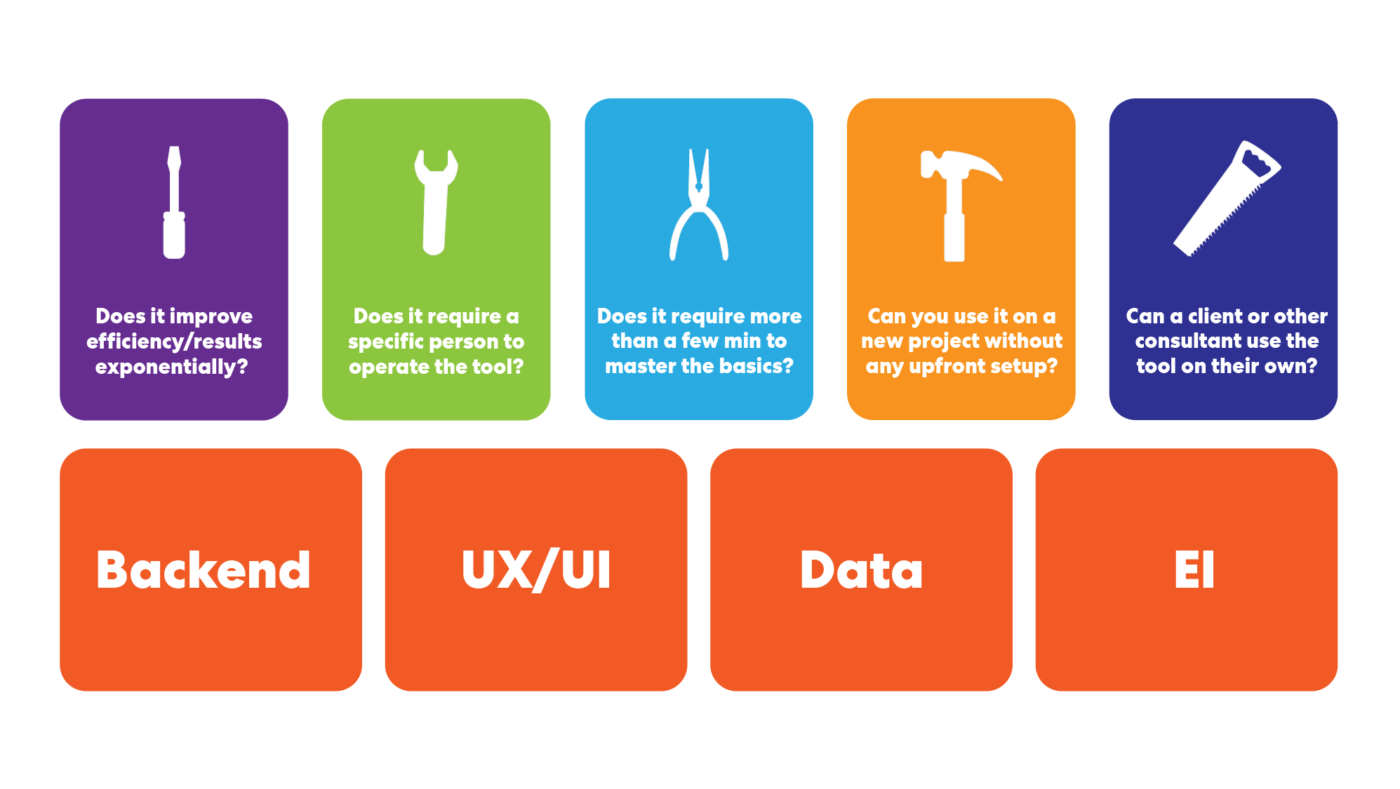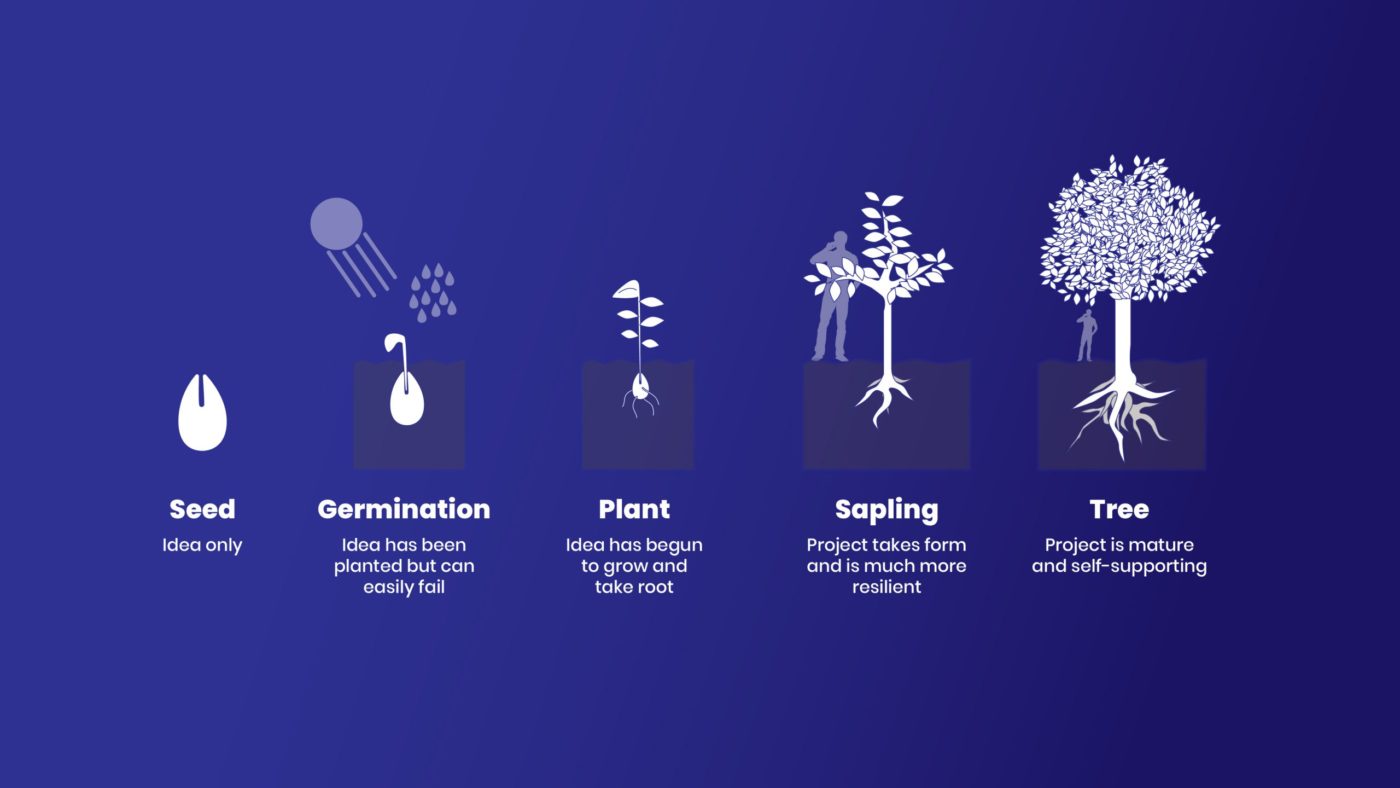How to measure the potential and implementability of ideas
Within a larger legacy organization it can often be difficult to effectively evaluate and strategically implement various innovation ideas. The challenge is usually not in the ideas themselves, but in determining which ones have the most potential to succeed and have considered all angles of strategy; internal – namely political and operational, external – market dynamics and potential, etc. The following framework is the process we have developed and implemented to evaluate a portfolio of innovation ideas for strategic investment and development.





